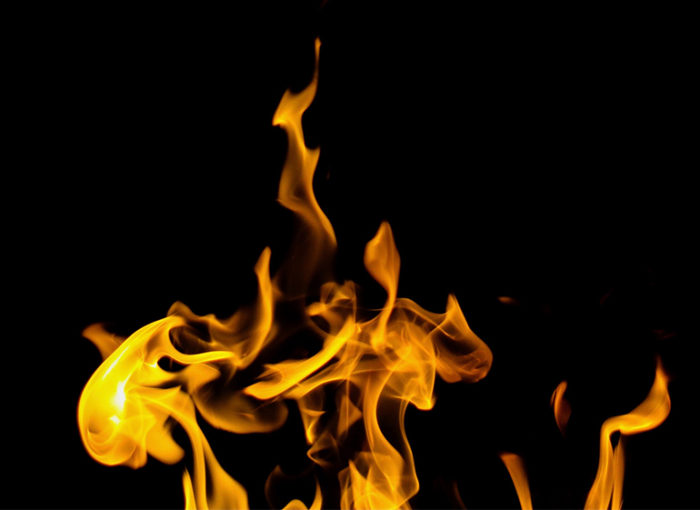I remember my first ever engineering watch at sea, leaving the control room in the early hours and time for another round of checks in the engine room. On opening the main door the first thing that hit me was the heat, noise and the sight of fuel spraying from a split high pressure fuel line on the port engine covering the stbd engine and outer wall of the engine room in hot misted fuel.
No alarms had sounded and no indication of a problem prior to entering.
First action was to close the door and bolt back into the control room, shut down that engine and quickly inform the bridge of what was happening. The crew were well practiced in fire drills and the situation was controlled very quickly without incident. One of the fuel line holding brackets had lost its rubber sheathe and with the constant vibration, a line had worn through.
Fire is probably one of the greatest hazards that can be encountered on a yacht and it’s worth, continually, to perform some Fire Risk Analysis as we work and live around these potentially vulnerable vessels.
Although it’s important that watch keepers conduct effective walk around’s while at sea or in port, it is also impossible to stay in a constant state of high alertness and expect the crew to be forever faultless, which is why Yacht systems and design should be constructed in such a way, that normal human behavior is sufficient.
Create and maintain a culture of safety on board…
Joe Hodgson
As we all know for certain; a fire onboard is a major issue whether at sea or alongside. I’m of the opinion that not all yachts put enough emphasis on the regular training of all their crewmembers in aspects of onboard fire fighting. Understandably some yachts do and they are to be commended in this; but a crewmember holding a STCW certificate is just not fully trained.
The regular drills, demonstrations and ‘chats’ that can be implemented by senior crew are invaluable in preparation for that ‘Murphy’s Law’ moment, that is bound to occur when the new deck-hand or stewardess is alone on the yacht over a weekend.
I have found as an engineer that walking crewmembers new and old; through technical spaces and explaining what to look for and what to do in the event of an emergency develops a better and more confident watch-keeper.
Let’s try and never forget that if the boat burns down to the waterline over the weekend; come Monday morning we are all unemployed!
Andy Lynskey
M.Y. Royal Eagle
While docked in the Bahamas one fine summer day, the sun heated the dark blue hull side to the point that the temperature inside the space rose over 115˚ F. This caused the pressure inside two of the nitrogen bottles to rise above the safety valve pop off pressure. The noise from this sudden release of nitrogen was deafening, especially to the owner and guests who just happened to be passing through the lazarette on their way back from the swim platform.
Besides nearly causing the guests to share simultaneous coronaries, the loss of half of our nitrogen rendered our fire defenses much less effective. Because of our location, this state lasted the rest of the owner’s vacation, plus the return trip to Florida and several more days while replacement bottles were air-freighted in from Europe. To help prevent a future occurrence, the pressure of the nitrogen was lowered slightly (still within specs) and an additional air handler was added to the space.
All told, nearly ten thousand dollars was spent to remedy what should have been considered more carefully in the first place. What may have been acceptable in the shipyards northern latitudes was drastically changed when the boat was put in service in more tropical climes. When coupled with the potential for disaster, it is easy to see how environmental concerns need to be given the same weight and consideration as any other criteria when planning.
Chief Engineer J.D. Anson
M/Y Unity

